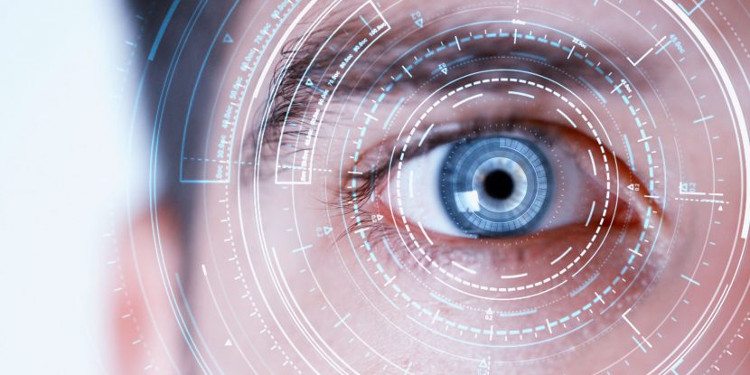The United States allows the use of artificial intelligence to diagnose diseases
For the first time, the United States allowed circulation of medical devices using artificial intelligence (AI) to diagnose eye disease in people with diabetes.
According to IFL, the new device named IDx-DR is designed as software. Any doctor can use it by taking a photograph of a patient's eye with a special retina camera and uploading it to a virtual server. Thanks to artificial intelligence, IDx-DR will determine if the image is of sufficient quality and then perform an analysis.

Currently, IDx-DR only detects and evaluates diabetic retinopathy.(Photo: IFL).
IDx-DR gives two results and does not need a doctor to analyze. If diabetic retinopathy is mild, AI will refer patients to an eye specialist. In case it is not worrisome, the AI recommends that patients follow up after 12 months.
Prior to approving IDx-DR, the US Food and Drug Administration (FDA) evaluated data from more than 900 diabetics in 10 different health facilities. The agency recorded IDx-DR with an accuracy of 87.4% for mild cases and 89.5% for more severe cases.
Currently, IDx-DR only detects and evaluates diabetic retinopathy . It is not effective on all patients. People who have ever had laser treatment, surgery or have some other problems like blurred vision should not use IDx-DR.
In addition to diabetic retinopathy, AI technology is also used to diagnose prostate cancer and loss of vision due to old age. Recently, a survey showed that most Americans feel comfortable using AI, but this technology raises a series of ethical questions. For example, who will be responsible if misdiagnosis and how to protect privacy and prevent bioterrorism through nanotechnology.
- IBM's artificial intelligence invented new perfumes
- Artificial intelligence will contribute to defeating cancer
- Network neurons diagnosed 216 rare genetic diseases
- What is Artificial Intelligence? What is AI (artificial intelligence)?
- Many diseases can be diagnosed through smelling
- Artificial intelligence diagnoses the disease exactly like a doctor
- China wants to dominate global artificial intelligence
- AI is now able to diagnose rare eye diseases better than specialists
- Artificial intelligence diagnoses breast cancer 30 times faster than a doctor
- Artificial Intelligence detects 85% of network attacks, becoming smarter
- Artificial intelligence: Development history and future potential
- Artificial intelligence has learned how to create another artificial intelligence
 The world's first sexless AI voice
The world's first sexless AI voice This cool t-shirt will make you invisible to AI
This cool t-shirt will make you invisible to AI AI can predict personality only through selfie photos
AI can predict personality only through selfie photos The world-famous chess player lost to Golaxy before, artificial intelligence 'made in China'
The world-famous chess player lost to Golaxy before, artificial intelligence 'made in China'